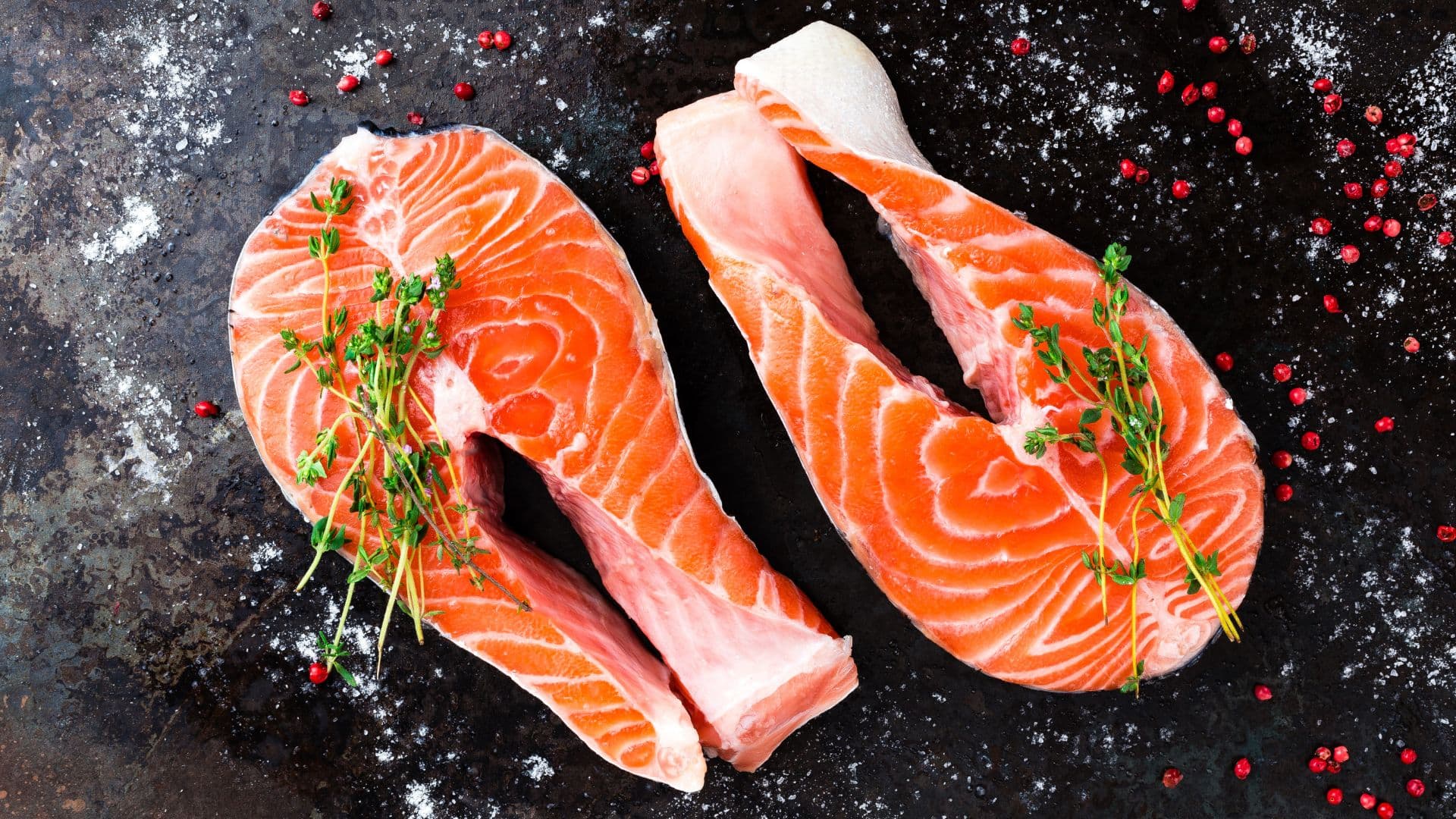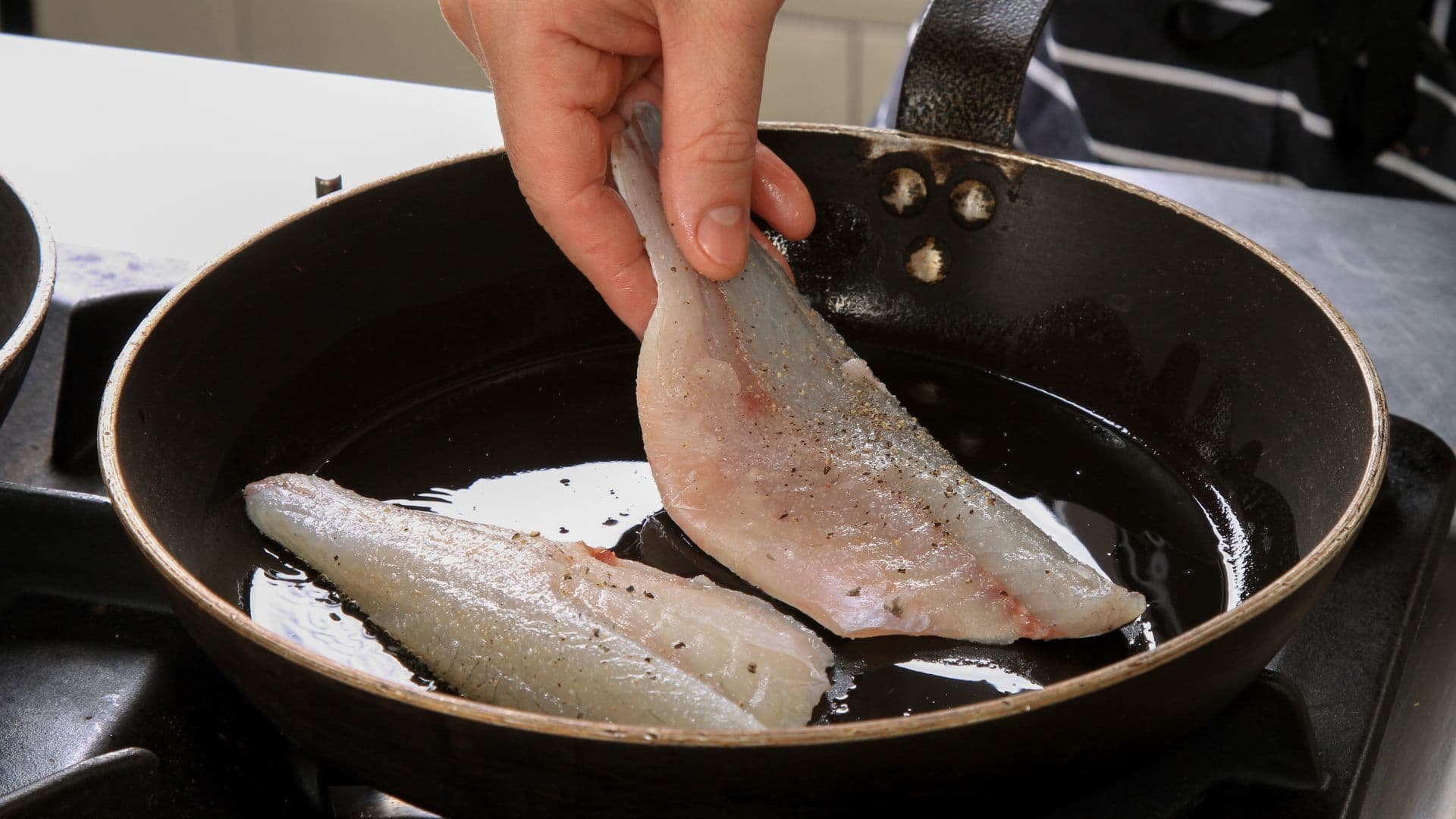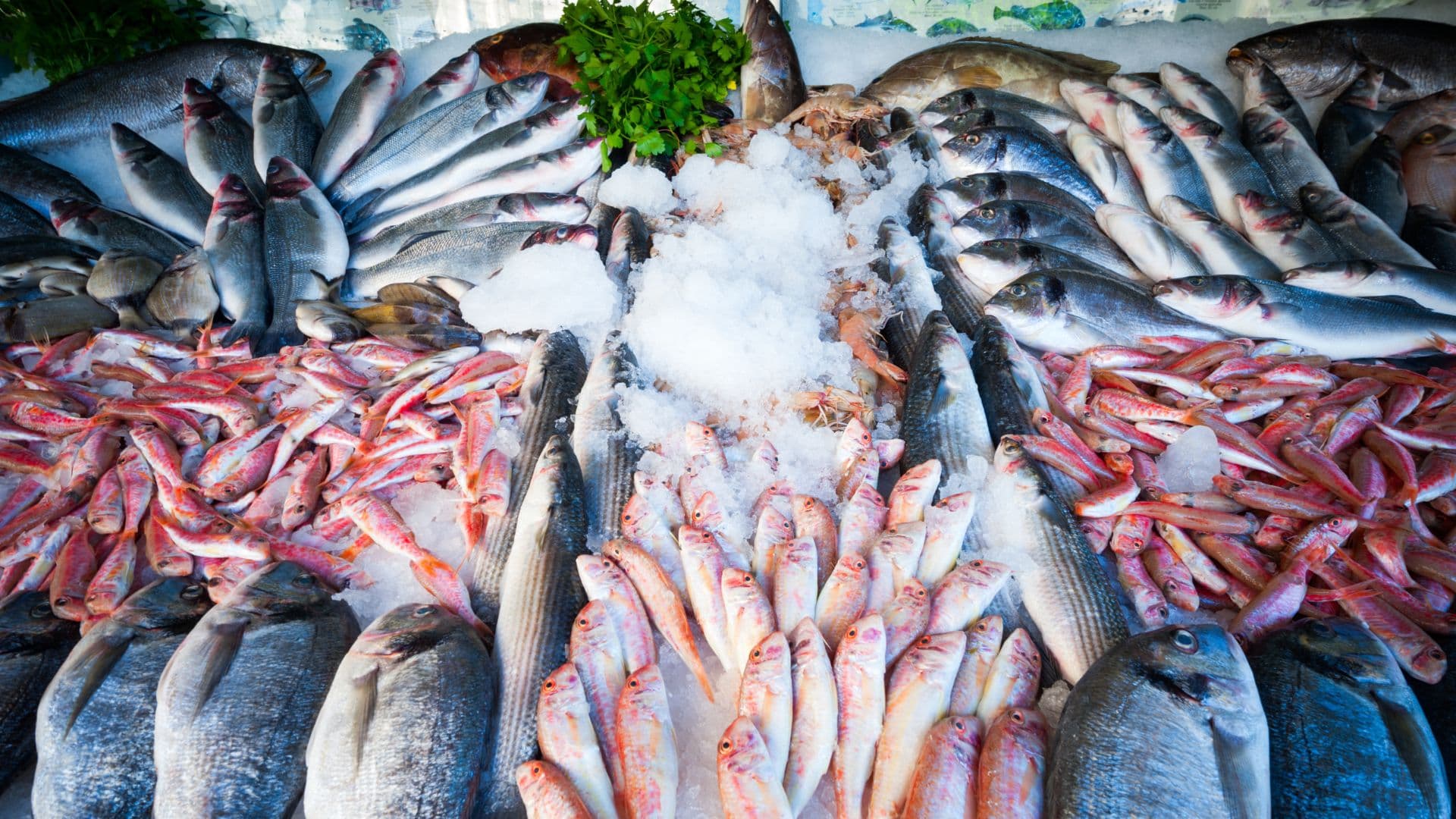Baked Fish
Learn to bake fish perfectly every time by choosing the fish of your choice, picking your cooking method, and adding flavors that make it delicious without being complicated.
Baking fish is one of the most reliable and approachable cooking methods, transforming simple fillets into satisfying meals through gentle, controlled heat. This technique teaches fundamental principles about protein cookery, heat management, and flavor building that apply across countless dishes.
The fundamental process involves selecting the right fish for oven cooking, choosing an appropriate cooking environment, and enhancing the natural flavors without overwhelming the delicate protein. Understanding these components gives you the confidence to create perfectly cooked fish every time, whether you're preparing a quick weeknight dinner or an elegant meal.
Equipment Needed
- Cutting board
- Chef's knife
- Glass or ceramic oven dish



